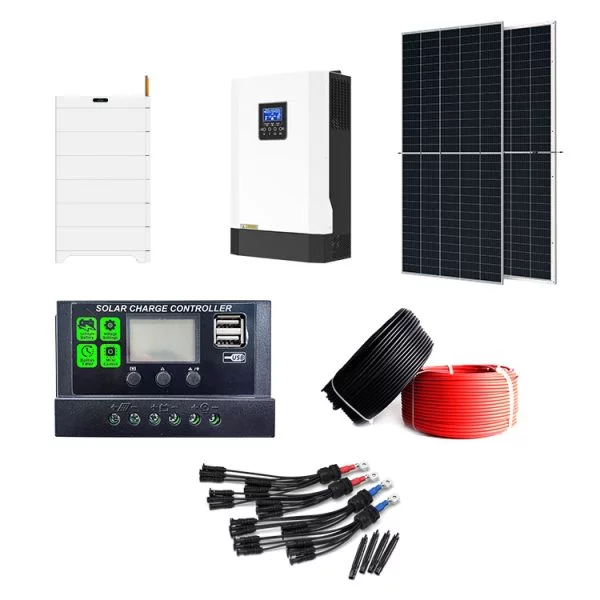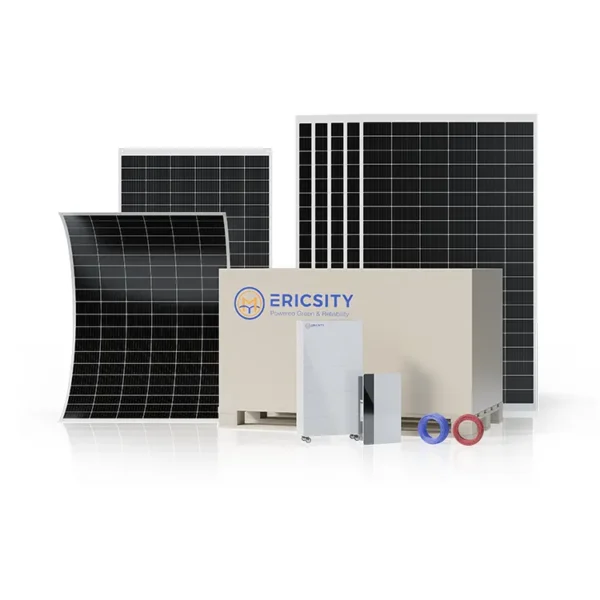HOT PRODUCT
Product Details
The Science Behind 50w Flexible Solar Panels: How They Generate Energy
The Science Behind 50w Flexible Solar Panels: How They Generate Energy
Solar energy has gained significant popularity in recent years as a renewable and sustainable source of power. One of the advancements in solar technology is the development of flexible solar panels, specifically the 50w variant. These panels offer numerous advantages, such as lightweight and easy installation on various surfaces like roofs or curved structures. To understand the science behind these panels and how they generate energy, we need to delve into the principles of photovoltaic effect and the materials used in their construction.
Photovoltaic Effect: Converting Sunlight into Electricity
The foundation of all solar panels lies in the photovoltaic effect, a phenomenon that allows materials to convert sunlight directly into electricity. This effect relies on the properties of semiconductors, which can absorb photons (light particles) and release electrons. When sunlight strikes the solar panel’s surface, it excites the electrons within the semiconductor material, creating a flow of electricity.
The construction of a flexible solar panel involves the use of multiple layers. These layers are responsible for different functions, ultimately enabling the efficient conversion of sunlight into electricity.

1. Top Layer (Transparent Protective Coating):
The top layer of a flexible solar panel serves a protective function, shielding the underlying layers from environmental factors such as moisture, dust, and UV radiation. As this layer sits on top, it must be transparent to allow maximum sunlight penetration.
2. Contact Grid:
Beneath the protective coating, a contact grid made of conductive material, often silver, ensures that the generated electricity can be collected and utilized. It acts as a pathway for electrons to flow from the solar panel to an external circuit.
3. Photovoltaic (PV) Cells:
The heart of any solar panel is its photovoltaic cells, also known as solar cells. These cells convert sunlight into electrical energy through the photovoltaic effect. The most commonly used material in 50w flexible solar panels is monocrystalline silicon. This material is highly efficient at converting sunlight into electricity but is flexible enough to be molded into the desired shape.
4. Backing Material:
The backing material provides support for the panel and acts as an insulator, preventing heat dissipation and protecting the photovoltaic cells from damage. Commonly used materials include polymers or a combination of polymers and metals, which offer flexibility and durability.
How Do 50w Flexible Solar Panels Generate Energy?
The process of generating energy begins with the absorption of sunlight by the flexible panel’s surface. The top layer allows maximum light penetration, while the contact grid ensures that the generated electricity is collected efficiently. Once sunlight reaches the photovoltaic cells, the photons interact with the monocrystalline silicon material.

This interaction causes the electrons within the silicon to gain energy and become mobile. A built-in electric field within the solar cell then directs these energized electrons towards the contact grid, creating an electric current. This current can be harnessed and used to power electrical devices or stored in batteries for later use.
The electricity generated by a 50w flexible solar panel can power a variety of low-power devices, such as small appliances, lighting systems, or charging stations. Multiple panels can be connected in series or parallel to increase the overall power output, allowing flexibility in scaling up the system based on energy needs.
In Conclusion
The science behind 50w flexible solar panels revolves around the photovoltaic effect and the unique composition of their layers. These panels offer a practical and versatile solution for harnessing solar energy due to their lightweight nature and ability to conform to different surfaces. By understanding how these panels work, we can appreciate the potential they hold in contributing to a sustainable energy future.




